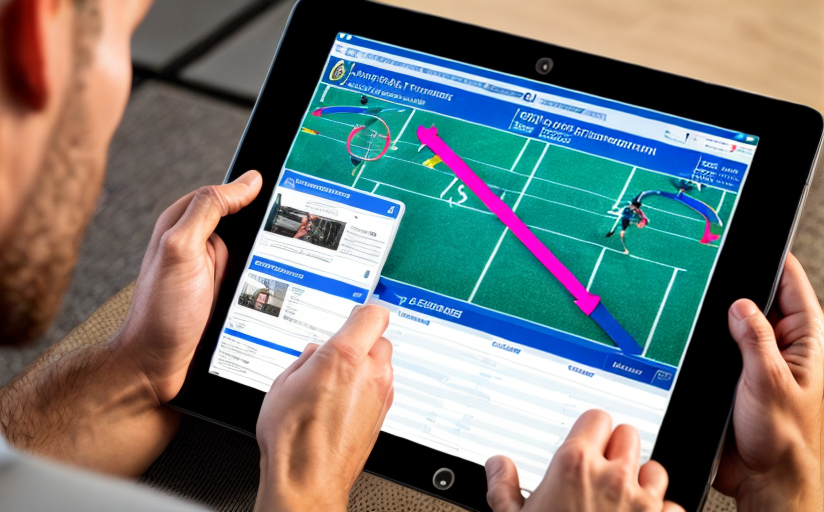Technology and Sports: An Intricate Transition from Traditional to Modern Practices
The world of sports has significantly evolved, transitioning from classical and traditional methods to advanced and modern practices. This transformation is fueled largely by remarkable innovations in technology.
The Influence of Technology on Sports Performance
Modern sports greatly rely on technology for improved performance and training. Devices such as GPS systems, smart wearables, and even virtual reality (VR) have revolutionized how athletes train, compete, and recover.
Wearable Technology
Wearable technology, such as heart rate monitors, smartwatches, and fitness trackers, has infiltrated the sports industry. These tools help monitor an athlete's performance, identifying peak performance periods, areas of weakness, and potential risk factors. For example, the WHOOP Strap 3.0 is a wearable device that provides data regarding an athlete's strain, recovery, and sleep patterns. These insights can help athletes optimize their training schedules, prevent injuries, and improve overall performance.
Virtual Reality
Virtual reality technology is used to create immersive, simulated environments for training sessions. VR offers athletes a unique opportunity to simulate real-time scenarios, analyze their performance, and execute strategies, all in a controlled environment. For instance, the American football team, the Dallas Cowboys, reportedly use STRIVR's VR training platform to train their quarterbacks.
Potential Drawbacks
While technology has indisputably enhanced sports performance and training, it is not without its challenges. These include dependence on technology, creating an over-reliance on electronic feedback instead of natural instinct, and discrepancies in effectiveness among different athletes or sports.
Dependence and Ineffectiveness
As the use of technology grows in the sports industry, so does an athlete's dependence on it. Some argue this could hinder an athlete's natural instinct and decision-making skills, especially if the data or devices malfunction during crucial moments. Moreover, not all technology provides the desired results in every situation or in every sport; their effectiveness may vary drastically.
Onward to the Future
Despite the potential drawbacks, the use of technology in sports continues to rise, changing the face of the industry as we know it. As technology progresses, we can expect to see further enhancements in how athletes train, compete and recover, ultimately changing the landscape of sports performance and training.
Experts' Statements
According to Dr. Adrian Lees, a renowned researcher in performance analysis, Sport has embraced technology in pursuit of an edge in performance. This will only continue to grow as newer and even more sophisticated tech innovations are developed.
Statistical Data
According to a case study from Gartner, the global spending on wearable technology is expected to reach a whopping $81.5 billion by the end of 2021, a 28% increase from 2020. This showcases the growing reliance on technology in various sectors, including sports.
Personal Anecdote
An athlete once shared, Before using wearable tech, I was always nursing one injury or the other. Now, my injury rate has significantly decreased because I can track my performance and identify potential risks.















Comments
Leave a Comment